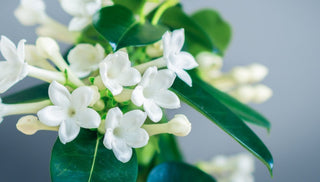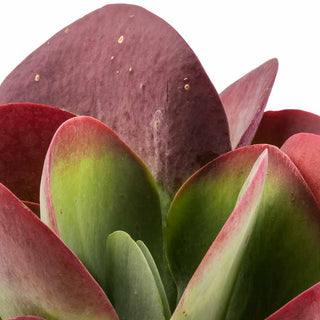☘ Family: Citrus family, Rutaceae
☘ Botanical Name: Citrus
Symbolism: The Citrus Tree is a symbol of cleansing, freshness, healing, happiness, love, light and optimism.
🍃 Shop Your Indoor Citrus Tree Today!
🔆 Light
Place your Citrus tree in the sunniest spot possible. South, east and west facing windows are ideal. Use grow lights if you lack bright natural light and in the winter months, but make sure to turn them off at night. These trees don't evolve with constant sunshine and need rest.
Give your plant a turn every few days to expose all sides to light for even growth from all sides.
💧 Water
Overwatering is the number one killer of Citrus. To keep your Citrus tree healthy, allow the soil to dry out about 50% deep before you water. Then water thoroughly until it runs through the pot's drainage holes. Keep the soil moist, not overly wet, but never let it dry out completely. Be sure to empty the saucer of all water, and never let the plant/roots sit in water as it will lead to root rot.
During active growth, especially if they're outdoors during summer, potted Citrus trees may need daily watering. During winter, water only as needed to keep soil moist. Timing varies depending on your indoor temperatures, your container and your tree size.
Dropping green leaves and dying twigs are root rot symptoms due to overwatering, and you'll need to intervene.
To give your plant the absolute best, room-temperature rainwater and bottled spring water are your best options. Any water containing sugar or salt will hurt your plant!
☁️ Humidity
The humidity necessary to keep a Citrus plant in good health is above 50%. You can keep the container on a tray of pebbles and water to raise the humidity around the plant, just make sure the bottom of the container isn't touching the water. You can also place a cool-mist humidifier to increase the humidity level around your plant.
🌡️ Temperature
Keep you Citrus trees in areas with even temperatures. They will do best when the temperature between (18-25˚C). They really don’t like drafts, whether hot or cold, so keep them away from doors and heat registers.
🧴️ Food
As long as your tree is healthy, feed it monthly with special organic Citrus fertilizer. Feeding a sick tree may exacerbate many problems. Follow the label instructions for the amount and frequency of fertilization.
🐾 Toxicity
Toxic to pets.
➕ Additional Tips
During warmer months, consider giving your indoor Citrus tree an outdoor vacation. Once all danger of frost passes, gradually acclimate it to the outdoors. The extra sunlight will do it good, and reward you with fruit. Before fall frost comes, move it back inside. Always move Citrus trees gradually. Abrupt changes in light and temperature can make fruit drop.



